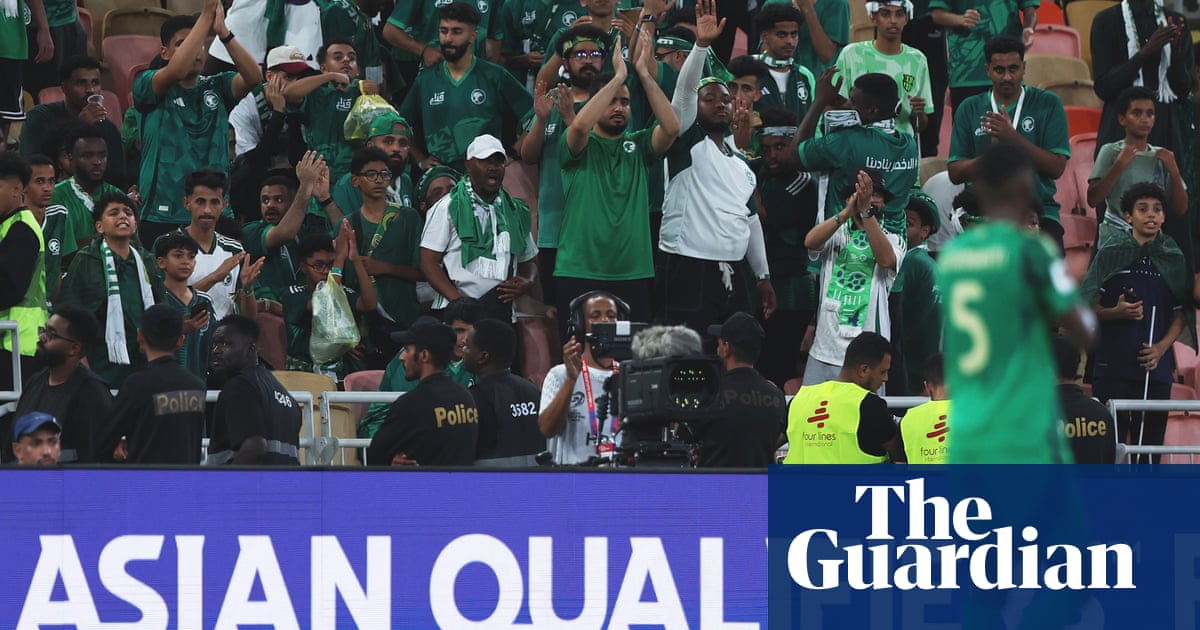Jeddah is more relaxed and laid-back than Riyadh. Tony Popovic should know. On Tuesday, for the second time in his coaching career,he left Saudi Arabia with a big prize, though back in 2014, it had been a far more fierce fight. Then, Western Sydney Wanderers went to the capital to defend their 1-0 first leg lead in the Asian Champions League final and, despite the best that Al Hilal could throw at them, held firm amid the storm for the most unlikely of trophy wins. This week, however, there was a five-goal cushion by the Red Sea, meaning there was only ever going to be one outcome: a seventh World Cup appearance. After successive playoff qualifications, to advance directly to North America is a welcome change and to do so with wins against Japan and Saudi Arabia is especially pleasing.
It may have ended calmly, but this campaign has been a real rollercoaster. WhenAustraliajoined the Asian Football Confederation (AFC) in 2006, the basic selling point was that it provided bigger, better and more tests at all age levels. At the senior level, the past few months have certainly provided that. Group C showed that – Japan apart – it can be debated whether the traditional powerhouses on the continent are developing as they should, but those a little lower down the rankings are grabbing hold of the ladder and looking up with determination.
Take Indonesia. The goalless draw with the Socceroos in Jakarta in September feels like a long time ago now. It followed a 1-0 loss at home to Bahrain, meaning that the opening two games against the supposed weakest teams in the group had brought just one point. It also brought the resignation of Graham Arnold. In came Popovic but after 45 minutes of the next home game against China, whose fatalistic fans claimed they are actually the weakest team in the group, Australia were a goal down and in real trouble. They came back to win 3-1 and while it wasn’t a done deal, a corner had been turned. There were no more defeats.
The competitiveness of the group helped in some ways too. It turned out that a draw in Jakarta was not a bad result, with only Japan managing to win and the other three teams losing. The rapid naturalisation of European-born players, mostly Dutch, has brought a rapid improvement and while this may be seen as an easy route, it is not guaranteed. China would attest to that.
In past campaigns Saudi Arabia had capitalised on Australian stumbles but not this time. There will be easy narratives about how the influx of foreign talent has stifled domestic opportunities and development. Roberto Mancini complained about this before getting his marching orders, but the Italian would still have been in a job had Salem Al-Dawsari not missed a penalty against Indonesia in September that would have turned a draw into a win. The team would probably have made the top two had the same player – deservedly named the Saudi Pro League player of the year – not missed another against Bahrain.
But the Green Falcons have at least fallen into the safety net that the fourth round of qualification now provides. There are concerns that expanding the 2026 World Cup from 32 teams to 48 in North America will dilute quality at the tournament. That remains to be seen, but Asia now having 8.5 places has brought a new dimension to qualification. The four spots in the past were more often than not taken by the usual suspects leaving little for the other 40-plus AFC members to get excited about. Now though, four extra places mean that many more can dream.
Being in Amman for the final games was testament to the expanded excitement. Jordan qualified for the first time, taking one of those six spots, as the city went into party mode. Final day opponents Iraq, led by Graham Arnold, were disappointed not to make it into the top two but at least know that there will be more opportunities.
Sign up toFootball Daily
Kick off your evenings with the Guardian's take on the world of football
after newsletter promotion
With the top two spots in Group B filled, the new format meant that there was still something to play for and the big game in Asia on the final matchday was, incredibly, Palestine against Oman, also in Amman. The ‘home’ team – King Abdullah II stadium is located in the eastern part of the Jordanian capital and close to the largest Palestinian refugee camps – needed to win. The excitement around the camp was palpable, as was the tension. Oman too, one of the friendliest national teams in Asia, were unusually grim-faced, knowing that a big prize was within reach but could be snatched away in just a second. And so it was, from Palestine, as Oman scored a dubious 97th minute penalty.
Australia’s journey is also over, but there are still six teams with much to play for. Some will have awoken on Wednesday morning disappointed, others may have been so excited that they didn’t sleep at all, such is the thrill of World Cup qualification in Asia.
